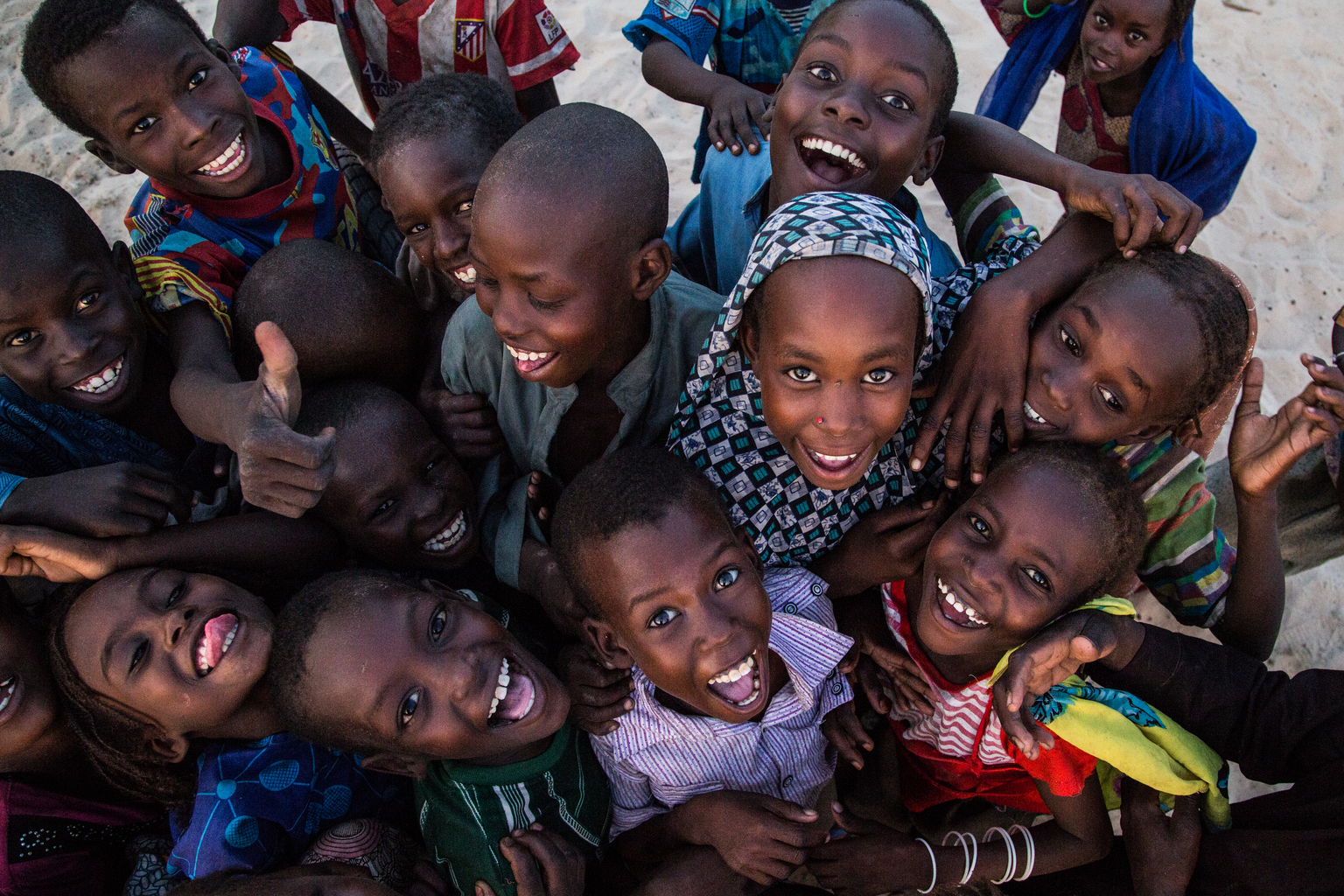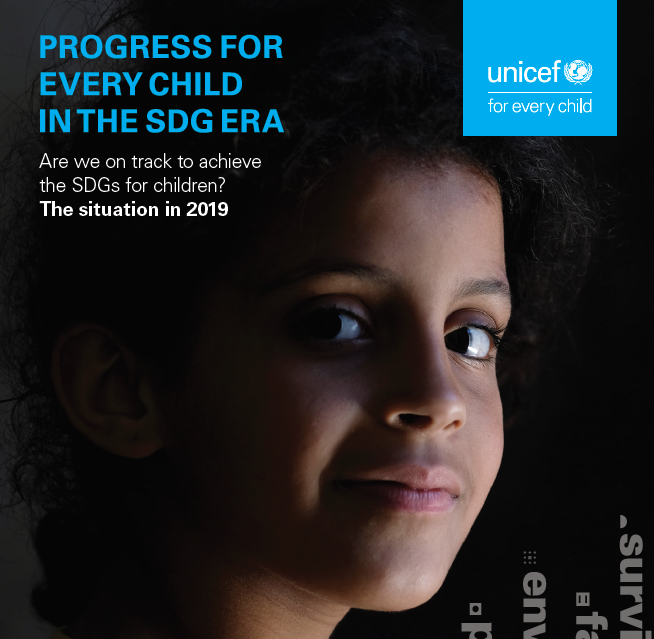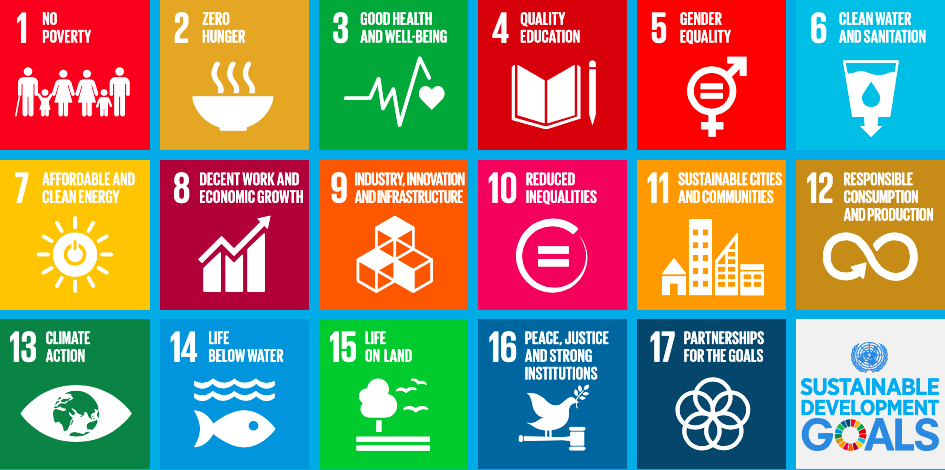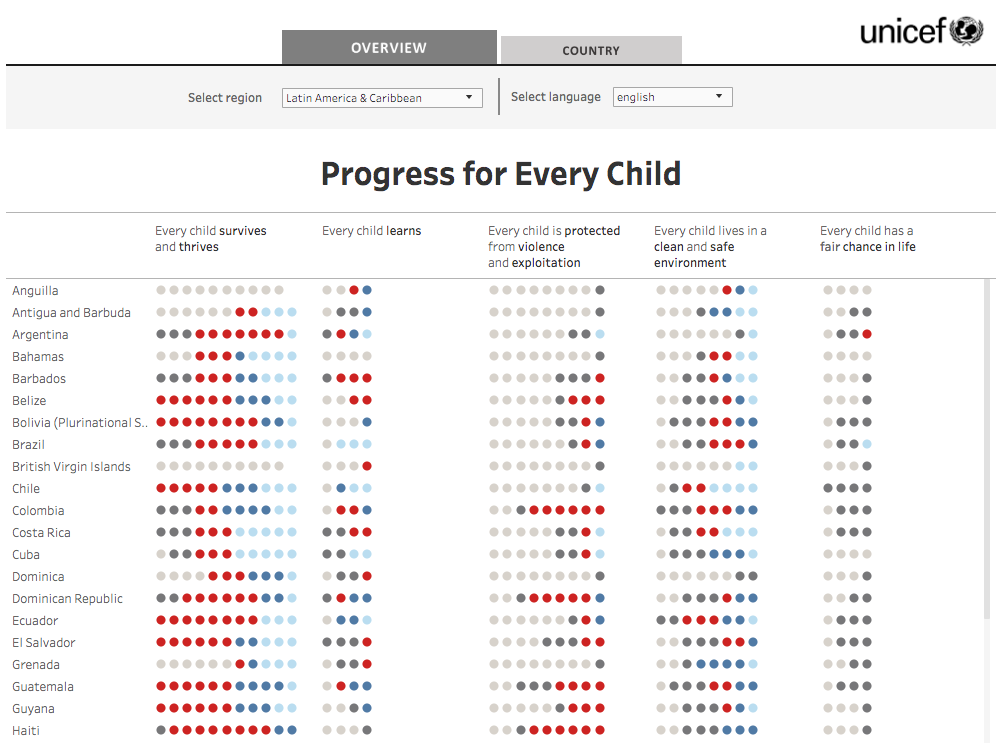Leaving no one behind
Guidance on filling data gaps on children in the SDG decade of action

The Sustainable Development Goals (SDGs) are universal in scope. Their call to leave no one behind puts the world’s most vulnerable and marginalized people – including children – at the top of the 2030 Agenda. But since world leaders committed to achieving the SDGs, are we on track to achieve the goals for children? Do we have enough information to know?
To answer that question, we need data. If children’s issues are measured and reported on, it’s more likely that attention will be paid to them. That’s why UNICEF invests heavily in the development of indicator methodologies, data collection and quality control, and advocates for open data. As custodian or co-custodian for 17 SDG indicators, UNICEF is responsible for supporting methodological development and data collection for key indicators concerning children.
Presented at a side event to the 51st session of the UN Statistical Commission, the posters below provide a window into the innovative tools we’re developing and the data work we’re doing to fill data gaps on children and accelerate results in the SDG decade of action. The posters span five topics: data collection, data use, health, nutrition, and poverty and gender equality.
Administrative data
Data Collection (Multiple Indicator Cluster Surveys)
- Supporting countries to generate data on SDGs
- MICS: A commitment to major development goals
- Innovations: Modernizing and improving MICS to fulfill the challenger of SDG monitoring
Data Use
- How to make UNICEF more data savvy?
- Helix: Community-driven tools and standards for indicator data management
Health
- Sources of new child HIV infections: Identifying missed opportunities in PMTCT programming
- Measurement of mental health among adolescents at the population level (mmap)
- Use of satellite imagery, micro-census and administrative data to improve local population estimates
Nutrition
- Who is left behind: Disaggregations and databases
- Improved child malnutrition estimates: The country-level model
- How to measure child experience of food insecurity
Poverty and gender equality



